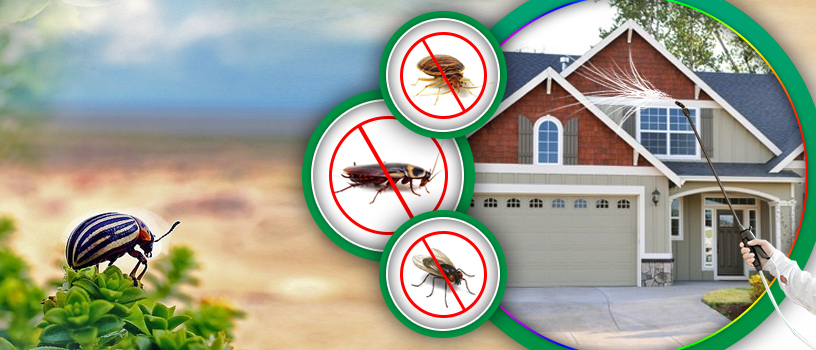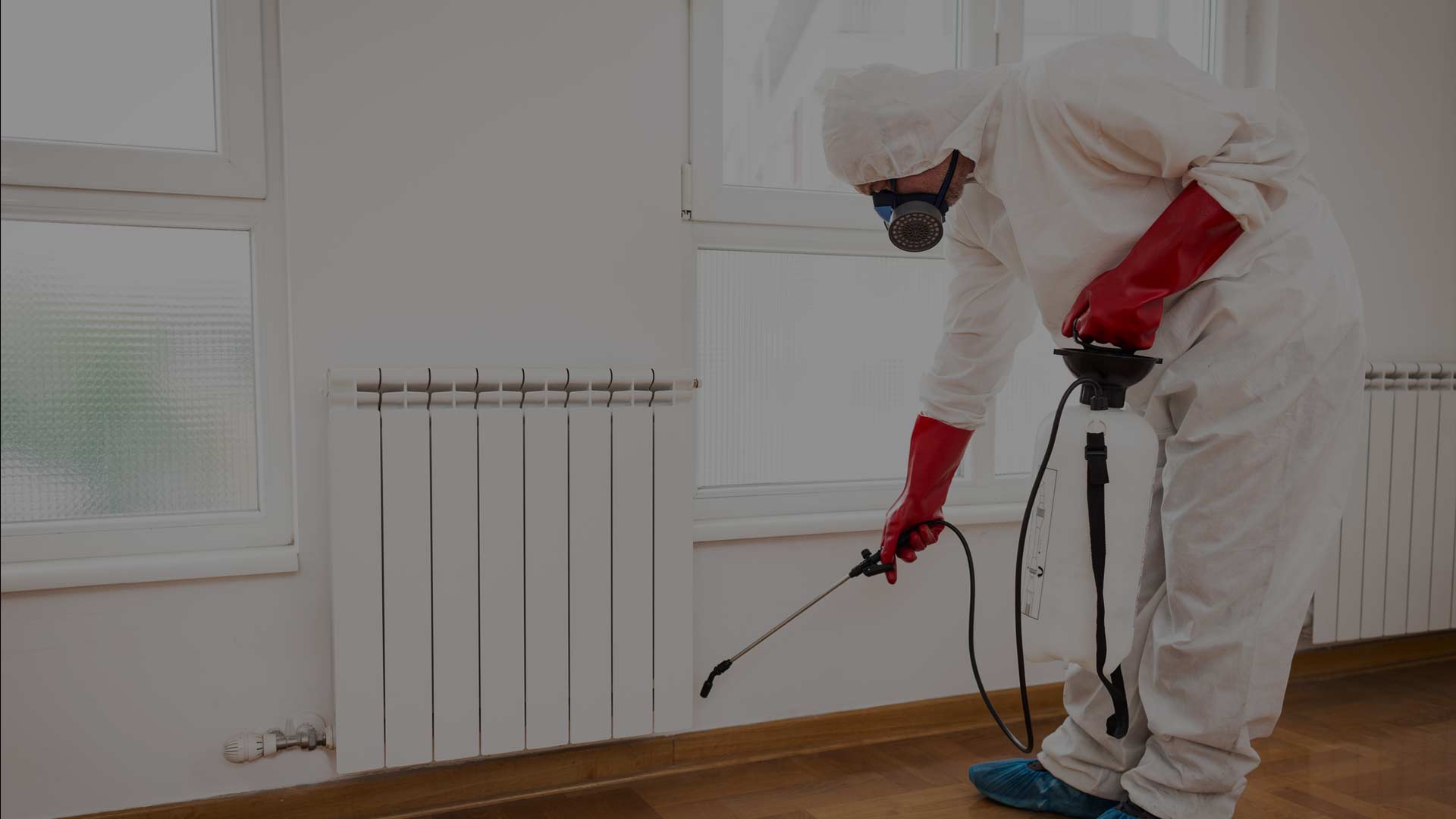Specialist Bug Control Techniques for Long-Term Results
In the world of insect control, achieving sustained efficacy and lasting results calls for a precise strategy that goes beyond mere elimination. Specialist insect control techniques envelop a detailed strategy that starts with an extensive inspection and evaluation, followed by exact pest identification to recognize their behavior patterns. The execution of Integrated Pest Monitoring (IPM) principles, paired with eco-conscious therapies, develops the keystone of sustainable insect obliteration. However, truth examination depends on the continuous surveillance and maintenance of the treated areas, making sure a pest-free environment for the near future. By diving right into the intricacies of these techniques, a deeper understanding of expert pest control approaches for withstanding results arises.
Evaluation and Assessment
Upon entering a building for pest control solutions, the first action is a detailed examination and evaluation to determine the extent of the infestation and determine one of the most efficient treatment plan. Specialist parasite control professionals are trained to carefully analyze the premises, seeking indicators of bug activity such as droppings, gnaw marks, nests, or any kind of structural damage. They will certainly likewise assess the problems that may be attracting bugs, such as food resources, water leaks, or access factors.

Insect Recognition and Actions

Additionally, understanding the habits of the identified parasite is essential to implementing efficient control measures. Understanding where pests nest, what they feed on, and their task patterns can help pest control experts design methods to remove them effectively.
Integrated Parasite Management (IPM)
Integrated Parasite Management (IPM) methods combine several strategies to manage and protect against insect problems in a sustainable and eco-friendly manner. pest control. By integrating approaches such as biological control, habitat adjustment, modification of cultural methods, and the usage of resistant varieties, IPM aims to reduce using chemical pesticides
Among the vital principles of IPM is the focus on avoidance. This aggressive approach involves tracking bug populaces frequently to identify any kind of potential issues before they escalate. By identifying insect issues early, pest control actions can be implemented promptly and properly.
In addition, IPM advertises making use of safe bug control approaches whenever feasible. This can consist of utilizing natural predators of the insects, introducing helpful pests, or making use of scents to interrupt mating patterns. By decreasing reliance on chemical pesticides, IPM not only protects the setting yet additionally assists preserve a balance in the community.
Environmentally-Friendly Treatments
Implementing eco-conscious strategies in pest control treatments can properly resolve problems while focusing on environmental sustainability. Environmentally-friendly treatments concentrate on lessening the effect of insect control methods on ecological communities, non-target microorganisms, and human wellness. These techniques frequently involve using all-natural predators, such as ladybugs or nematodes, to pest control providers regulate pest populaces, lowering the demand for chemical treatments. Furthermore, strategies like habitat manipulation, such as readjusting dampness levels or getting rid of food sources, can help prevent insects without making use of unsafe compounds.
Another trick aspect of environmentally-friendly treatments is the usage of organic and eco-friendly items that break down rapidly without leaving unsafe residues in the atmosphere. Botanical insecticides originated from plants like chrysanthemums or neem offer efficient bug control while posing marginal risk to non-target species. In addition, using methods like warm therapies or scent traps can target details insects with accuracy, lowering the overall environmental effect of bug control techniques.
Recurring Tracking and Upkeep
Consistent monitoring and maintenance are necessary parts of reliable bug control monitoring. Recurring surveillance plays an essential role in guaranteeing that bug invasions are discovered early and dealt with quickly. Regular examinations by qualified professionals are necessary to identify any kind of indicators of bug activity, examine the efficiency of previous treatments, and make adjustments to the parasite control strategy as needed. By keeping track of pest populaces with time, bug control experts can track trends, anticipate prospective concerns, and apply preventative procedures to reduce the risk of future problems.
In enhancement to surveillance, go to my blog maintenance techniques are vital for lasting pest control success. This includes carrying out correct sanitation steps to get rid of prospective food and water resources for bugs, securing off access points to prevent insects from going into the facilities, and resolving any kind of architectural concerns that can facilitate insect invasions (bed bug heat treatment). By integrating continuous tracking and maintenance into an integrated insect monitoring approach, businesses can ensure a pest-free environment and safeguard their home against costly damages and wellness threats
Verdict
To conclude, using expert insect control techniques such as comprehensive inspection and analysis, exact bug identification and understanding of their actions, incorporated insect administration strategies, environmentally-friendly therapies, and continuous tracking and upkeep are crucial for attaining long-term lead to insect control. By implementing these approaches, individuals can effectively take care of insect infestations and termite bait stations keep a pest-free atmosphere in a sustainable fashion.